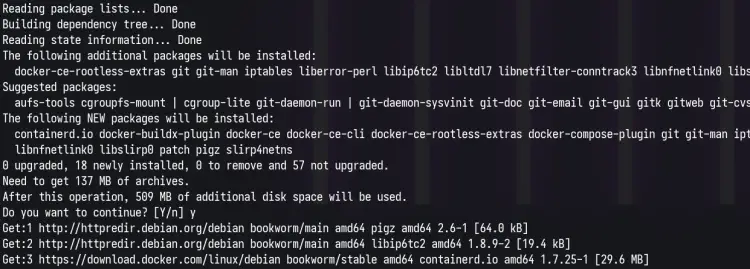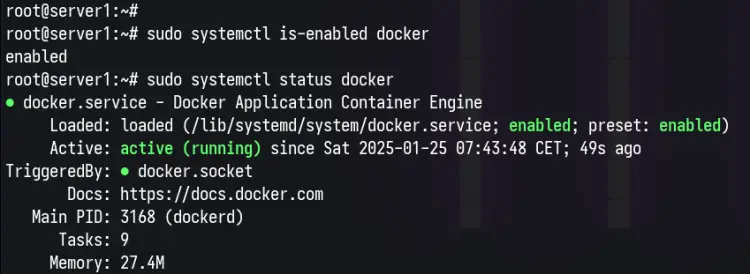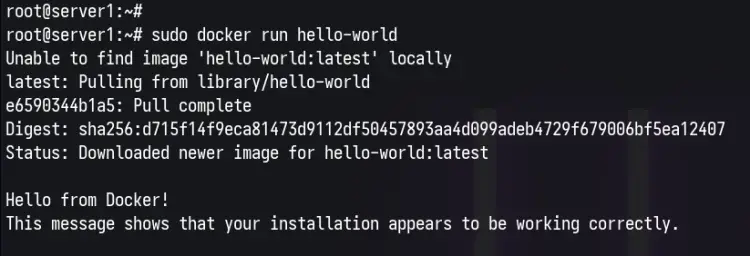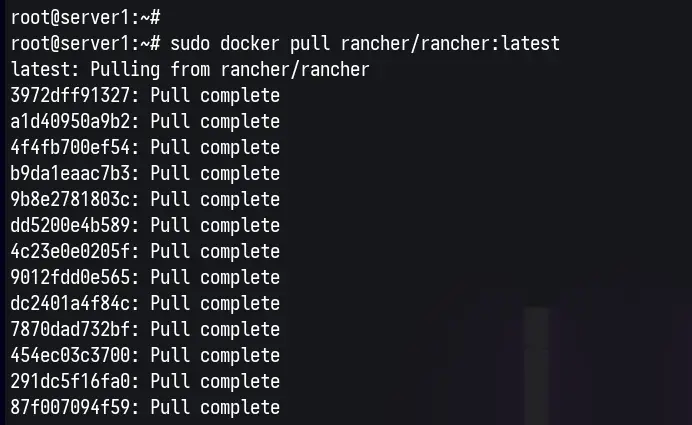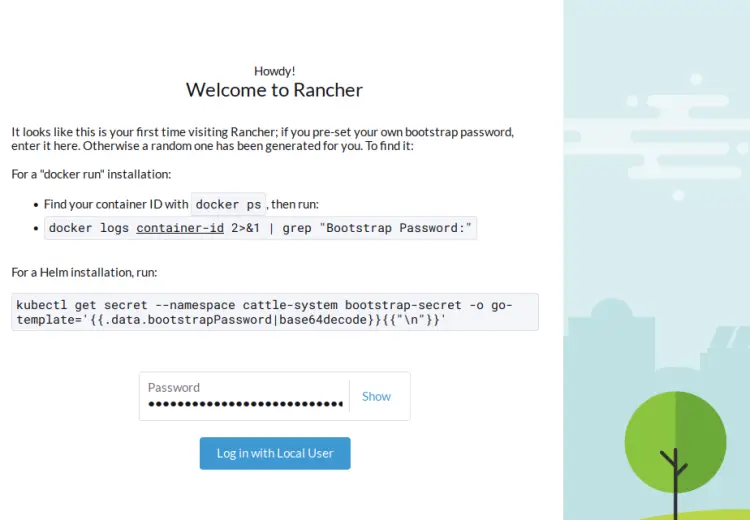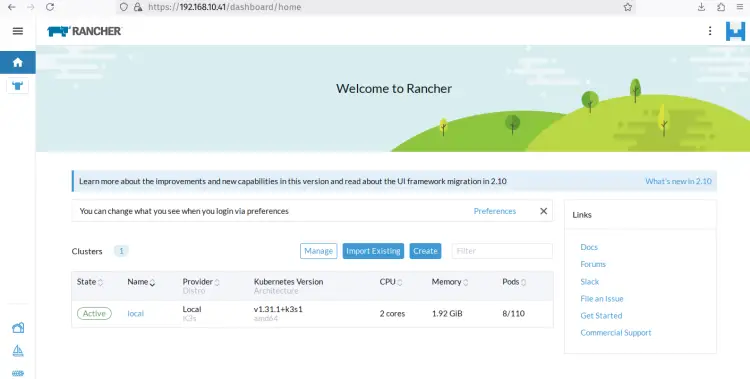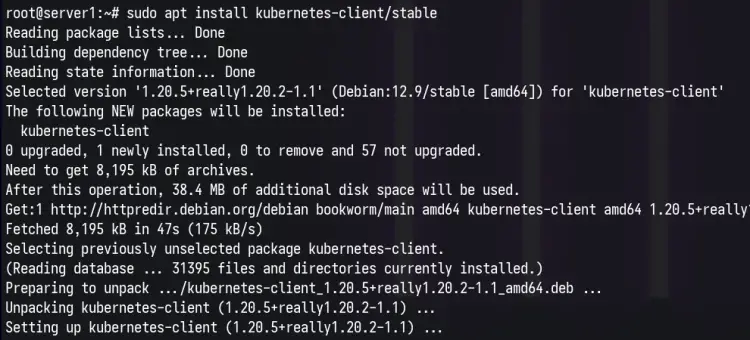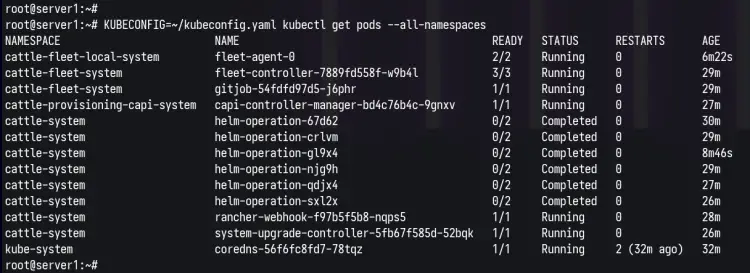How to Install Rancher on Debian 12 Server
Rancher is an open-source container management platform designed to facilitate the deployment, management, and governance of Kubernetes clusters. Unlike a Kubernetes distribution that replaces Kubernetes itself, Rancher acts as a management solution that sits above one or more Kubernetes clusters, providing a centralized platform from which administrators can oversee their entire container infrastructure.
In this tutorial, you'll learn how to install Rancher on a Debian 12 server. You'll install Rancher as a single node via Docker, which also deploys the Kubernetes single node on top of it.
Prerequisites
To begin with this guide, make sure you have the following:
- A Debian 12 server with a minimum of 4GB of RAM or memory
- A non-root user with administrator privileges
Installing Docker
Before installing Rancher, you need to ensure that Docker is installed on your system. In this section, you'll install Docker Engine via the official Docker repository to the Debian system.
First, run the command below to update your package index and install packages such as 'ca-certificates' and 'curl'.
sudo apt update && sudo apt install ca-certificates curl -y
Now execute the following command to add the GPG key for the Docker repository.
sudo install -m 0755 -d /etc/apt/keyrings
sudo curl -fsSL https://download.docker.com/linux/debian/gpg -o /etc/apt/keyrings/docker.asc
sudo chmod a+r /etc/apt/keyrings/docker.asc
Next, run the following command to add the Docker repository to your Debian system. This will automatically detect your Debian version.
echo \
"deb [arch=$(dpkg --print-architecture) signed-by=/etc/apt/keyrings/docker.asc] https://download.docker.com/linux/debian \
$(. /etc/os-release && echo "$VERSION_CODENAME") stable" | \
sudo tee /etc/apt/sources.list.d/docker.list > /dev/null
Now that you've added the Docker repository and GPG key, execute the command below to refresh your package index and install Docker Engine to your system. In this example, you'll install Docker Engine with additional packages such as Docker Compose and Docker Buildx plugin.
sudo apt update && sudo apt install docker-ce docker-ce-cli containerd.io docker-buildx-plugin docker-compose-plugin
Enter 'Y' to proceed with the installation.
Once the installation is finished, check the Docker service status using the 'systemctl' command below. You'll see that Docker is running and enabled on your Debian machine.
sudo systemctl is-enabled docker
sudo systemctl status docker
Lastly, you can execute the 'docker' command below to run the 'hello-word' container.
sudo docker run hello-world
If successful, you'll get the following 'Hello World' message from Docker.
Installing Rancher
Now that Docker is installed, you're ready to install Rancher. In this section, you'll download the Rancher image, and then run the Rancher container via Docker. In this example, we'll be using the self-signed certificates that are automatically generated by the Rancher container. We'll also use the latest version of the Rancher image.
Download the Rancher image using the 'docker pull' command below. In this example, we'll be using the Rancher Latest version.
sudo docker pull rancher/rancher:latest
Once the Rancher image is downloaded, execute the 'docker run' command to run Rancher. With this, the Rancher container will be running in the background and export ports 80 and 443 in the host Debian server.
sudo docker run -d --restart=unless-stopped \
-p 80:80 -p 443:443 \
--privileged \
rancher/rancher:latest
Check the container status using the command below.
sudo docker ps
In the output below, you can see that Rancher is running on port 443. Also, you can see the container ID and names of the container.
Additionally, if you have an error, you can check the Racher log with the following 'docker' command.
docker ps -a
docker log container-name or container id
The 'ps -a' option will show you containers that running and exited, and the 'docker log' command is used to check the logs of the container.
Configuring Rancher
At this point, Rancher is running on your Debian system as a container. For the next step, you'll log in to the Rancher dashboard to see the Kubernetes single node that running on top of your Rancher installation.
Open the web browser and visit your Debian server IP address followed by port 8080 such as https://192.168.10.41:8080/. If your installation is successful, you'll get the following Rancher login page.
Back to your terminal and run the command below to get the Rancher password. Make sure to change the container ID with your installation and copy your password.
sudo docker logs CONTAINER ID 2>&1 | grep "Bootstrap Password:"
Now enter your password and click Login with Local User.
Next, copy the generated password for your Rancher and make sure to accept the terms and license.
Now you'll see the following Rancher Dashboard. In the example below, you can see the single-node Kubernetes cluster created with K3s.
Click on the local Kubernetes cluster and you'll get more information about your Kubernetes cluster.
Accessing Kubernetes Cluster with kubectl
First, download the KubeConfig to your local computer. From the Rancher dashboard, click the file menu below.
Install the 'kubectl' to your system with the command below. On the Debian 12, you can install the 'kubernetes-client' package via APT.
sudo apt install kubernetes-client -y
Set the default KUBECONFIG to your file. In this example, the KubeConfig file is 'kubeconfig.yaml'.
export KUBECONFIG=~/kubeconfig.yaml
Lastly, run the 'kubectl' command below to get list pods on all Kubernetes namespaces.
kubectl get pods --all-namespaces
You'll see that each pod for the Kubernetes cluster under Rancher is running.
Conclusion
Congratulations! You've completed the installation of Rancher with Docker on the Debian 12 server. You've learned how to set up Rancher and create a Kubernetes cluster on top of it. Lastly, you've also learned how to interact with your Kubernetes cluster via Kubernetes client 'kubectl'. Furthermore, you can deploy your containerized applications to the Kubernetes cluster via 'kubectl'.


